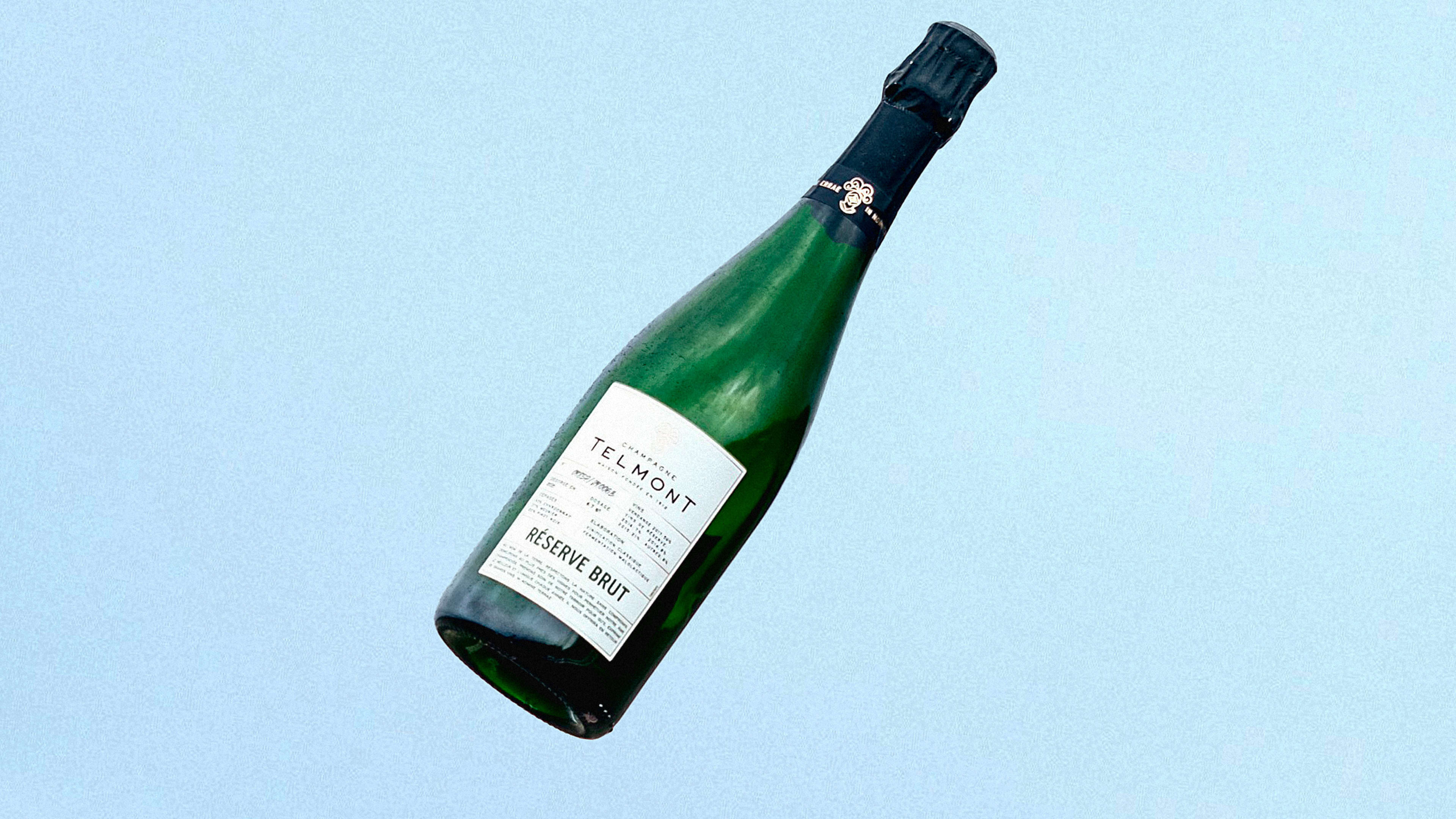In 2020, Ludovic du Plessis, then newly president of the century-old champagne house Telmont, embarked on an ambitious, if niche, journey: “To make the best champagne in the most sustainable way,” as he describes it. First came the soil: No more herbicides, pesticides, or chemicals—just organic agriculture. Then came the packaging—no more gift boxes—which helped Telmont cut its carbon footprint by 8% per bottle. And then came the material of said bottle, as the company switched from using transparent glass, which contains 0% recycled glass, to green glass bottles that contain up to 87% recycled glass.

Finally, it was time to look at the bottle itself. Champagne bottles are notoriously thick. That’s because they need to withstand two to three times the pressure that’s inside a car tire. But thicker glass means more glass to produce and more fuel needed to transport it.
So, in 2021, Telmont partnered with the French glassmaker Verallia to reduce the weight of its bottle. A year later, the team reduced its champagne bottles to a record weight of 800 grams, or 35 fewer grams than the formerly lightest champagne bottle on the market.

The trick to Telemont’s slimming down lies not in the type of glass used, but in the way the glass is distributed throughout the bottle. The updates to the bottle aren’t perceptible to the naked eye: The shape of the bottle is the same, but the thickness has changed. The team declined to share exactly how many millimeters they shaved off the bottle’s thickness, but Plessis notes the biggest difference is in the shoulders, where the bottle is at its widest diameter. And though 35 grams may seem trivial, it will help the company reduce its carbon emissions by another 4% per bottle produced (not even taking into account transportation-related emissions.)

The standard champagne bottle has lightened considerably over the course of its history. At the start of the 20th century, a champagne bottle weighed about 1,250 grams (about 2.7 pounds). By 2010, most standard bottles had reached 900 grams, but the Comité Champagne adopted a new standard for 835 grams.
Telmont followed suit. But between 2020 and 2021, the company noticed that, even with 835 grams a piece, bottle production still accounted for 24% of its total emission, so it decided to push the boundaries even further.
Over the past year, Telmont successfully tested 3,000 bottles, from fermentation to a real-life transportation test to Singapore. Now, they’re ramping up production with another 30,000 bottles that will eventually be shipped to the furthest markets, like the U.S. and Japan. Just don’t expect a gift box.
Recognize your brand’s excellence by applying to this year’s Brands That Matter Awards before the final deadline, June 7.
Sign up for Brands That Matter notifications here.
